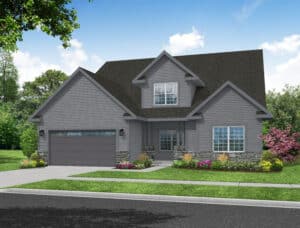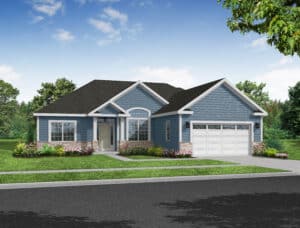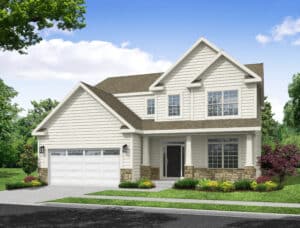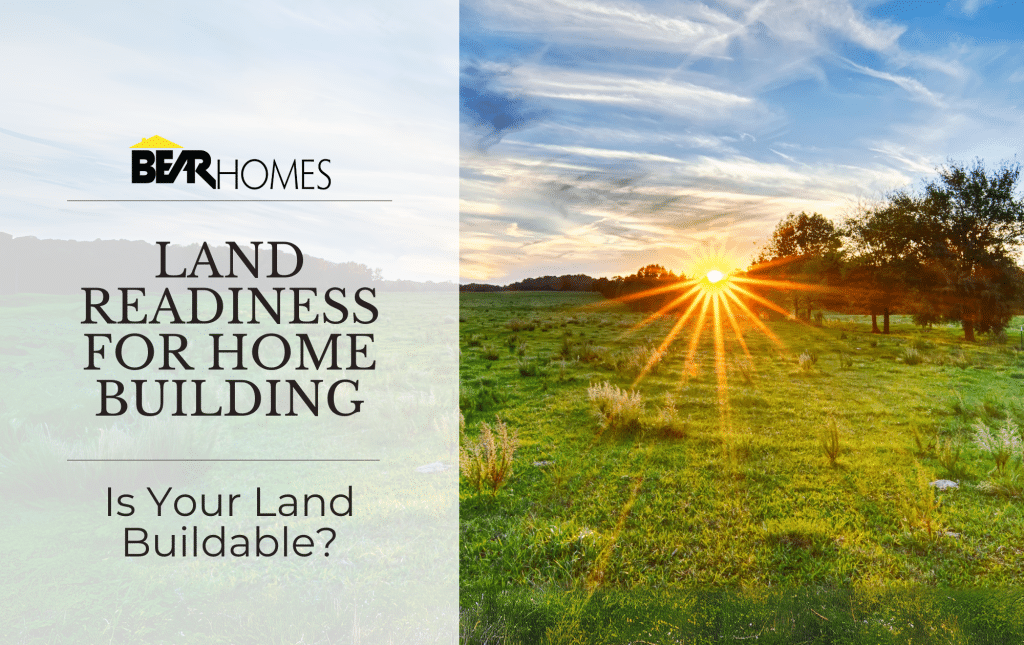Evaluating Your Land for Home Building
As premier home builders in Kenosha, WI, we understand that the journey to your dream home begins with the land it’s built on. In this blog, we’ll guide you through understanding if your land is ready for building, whether it’s a vast acreage or a cozy lot.
Understanding Land Buildability
‘Buildable land’ – it’s a term that can make or break your home-building dreams. But what does it mean? Simply put, it’s land that meets all the criteria for construction: legal permissions, suitable terrain, and access to essential services. Let’s break down what you need to look for.
Evaluating Your Land for a Potential Build
If you’re sitting on a larger plot, the possibilities might seem endless. But not all parts of your land will be equally suited for building a new construction home. Consider factors like elevation, proximity to roads, and natural features. For those with smaller lots, the challenge is to ensure the house you dream of fits comfortably within the boundaries. Here, the orientation, shape of the land, and local zoning laws play crucial roles.
Key Considerations Before Building
Before laying the first stone of your dream home, it’s essential to delve into a few critical aspects, particularly if you’re building in Southeastern Wisconsin:
- Legal Requirements: When it comes to residential property, local zoning laws are the rulebook. They determine what you can build and where you can build it. In Southeastern Wisconsin, these laws govern factors like the minimum lot size for a single-family home and how close your home can be to the property lines (setbacks.) This ensures not just the safety and longevity of your home, but also that it adheres to regional standards, keeping neighborhoods consistently planned and maintained.
- Environmental Factors: The environment in Southeastern Wisconsin brings its unique considerations. The region’s climate, soil types, and topography all play a pivotal role in your building plans. For instance, understanding the local soil composition is crucial for foundational integrity.
Additionally, considering the local climate patterns can guide you in designing a home that withstands the Wisconsin’s weather conditions.
Also, being aware of any wetlands or protected natural areas in your vicinity is important, as these areas can be subject to specific regulations that may affect your building options. - Access to Utilities: In a residential setting, having reliable access to essential utilities like water, electricity, and sewage is non-negotiable. In many parts of Southeastern Wisconsin, this might mean connecting to municipal water and sewage systems. If your land is in a more remote location, you might need to consider alternatives for water and waste management.
Ensuring that these utilities are accessible and properly set up is key to a comfortable and functional home.
Choosing the Right Home for Your Land



At Bear Homes, we offer a variety of floor plans to suit diverse landscapes. Our ranch-style homes are perfect for sprawling, open land, while our two-story designs can elegantly fit into smaller, more compact plots. With floor plans ranging from 1653 to 2766 square feet and options of 3-5 bedrooms and 2-2.5 bathrooms, customization of our floor-plans is at the heart of what we do.
Navigating Unimproved Land Challenges
Developing unimproved land can present unique challenges, but it also offers the opportunity to create a custom living space tailored to your preferences. In Southeastern Wisconsin, unimproved land typically lacks certain amenities and infrastructure, which are essential for building and living:
- Lack of Utilities: One of the primary characteristics of unimproved land is the absence of basic utilities. This means there might not be a connection to public water or sewage systems, nor access to the electrical grid. For such properties, developing the land will include setting up alternative solutions. Additionally, considering how to bring water and electricity to the property is crucial. These steps involves careful planning and compliance with local regulations to ensure a safe and sustainable living environment.
- Access Issues: Often, unimproved land does not have established access routes like roads or driveways. Developing access to the property is a key initial step, which may involve negotiating easements, clearing land, or constructing new pathways. This is not only essential for the construction phase but also for the overall accessibility and value of the property.
- Raw Land Characteristics: Unimproved land in its natural state may require significant preparation before construction can begin. This might include clearing trees, leveling or grading the land, and managing any existing wildlife habitats in an environmentally responsible manner.
While developing unimproved land can be more demanding than building on a prepared lot, it offers a level of customization and personalization that many homeowners find deeply rewarding. At Bear Homes, LLC, we specialize in helping our clients navigate these challenges. Our team is equipped with the expertise and resources to manage all aspects of land development, ensuring that your journey to building your dream home is as smooth and fulfilling as possible.
Making an Informed Decision
When it comes to assessing land, knowledge is power. Here are some tips:
- Conduct thorough research on zoning and environmental restrictions.
- Consult with experts – like our team at Bear Homes – to understand the nuances of land evaluation.
- Use technology, like geographical information system (GIS) maps, for detailed insights.
Determining if your land can host your dream home is a critical first step in the home-building process. With a blend of professional guidance and personal vision, you can ensure your land is not just buildable but perfect for your future home.
Have a plot you’re eyeing or own land you’re curious about? Contact Bear Homes, LLC today. Let’s explore your land’s potential together and start the journey to your dream home.
Let’s Get Started

